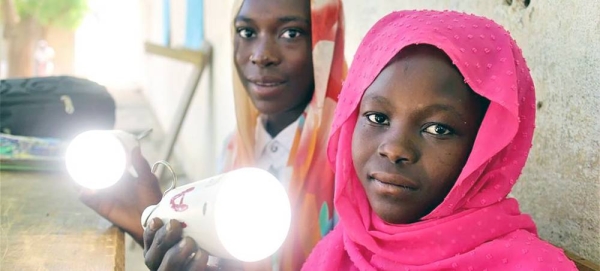
MUMBAI, Nov 22 (Reuters) - Rising prices of commodities needed for renewable energy will increase the costs of setting up new green power projects, but this will be balanced by better access to funds and economies of scale, policy advisers and an investor said.
The rising costs, as well as supply chain problems for some of the commodities and goods needed for green projects, won"t be a long-term threat to the economic viability of clean energy, they told the Reuters Global Markets Forum last week.Overhead costs that will fall with economies of scale include items such as permit fees, labour costs for installations and customer acquisition costs.
Overall costs for the industry will trend downwards as there are few barriers to scaling up, said Harry Boyd Carpenter, managing director for green economy and climate change at the European Bank for Reconstruction and Development (EBRD).
Vaibhav Chaturvedi, fellow at the Council on Energy, Environment and Water (CEEW), saw "greenflation", or the costs associated with going green, as a concern, especially in the short-term.
"Underlying commodity prices are rising everywhere in the world," he said.
Prices of metals such as tin , aluminium , copper , nickel cobalt , that are essential to energy transition technologies, have risen between 20% and 91% this year.
But Chaturvedi saw the lowering cost of finance as a "big leverage" to counter the increase in underlying costs.
Allied Market Research projects the global renewable energy market, valued at over $881 billion in 2020, to more than double to nearly $2 trillion by 2030.
Gauri Singh, deputy director-general at the International Renewable Energy Agency (IRENA), argued that despite inflation and supply chain disruptions, decreasing financing costs helped in record generation of 260 gigawatts of energy from renewable sources last year.
"You will not actually get cheap money for anything that"s a climate risk. Whereas for renewables, the market is softening," Singh said.












